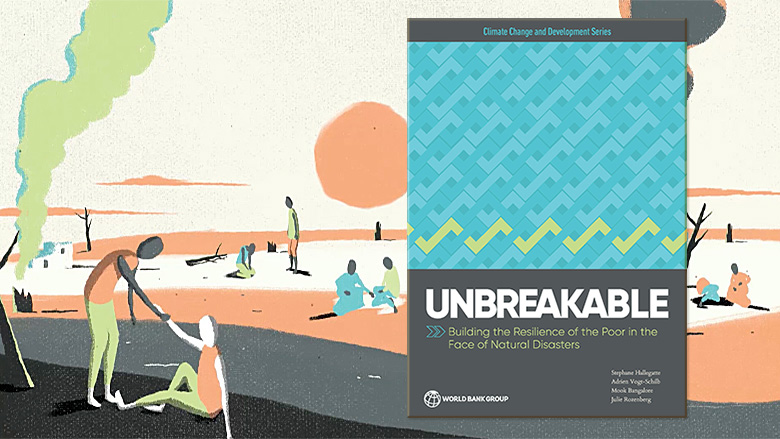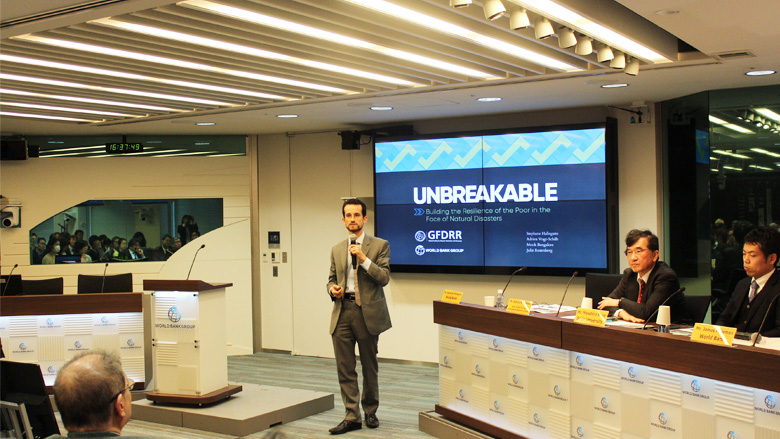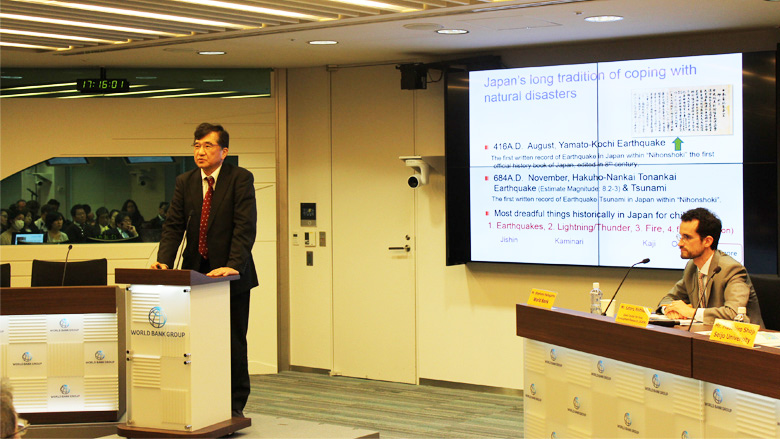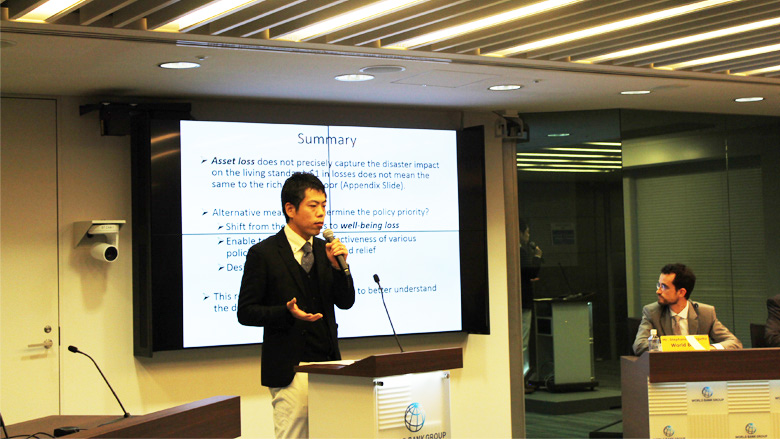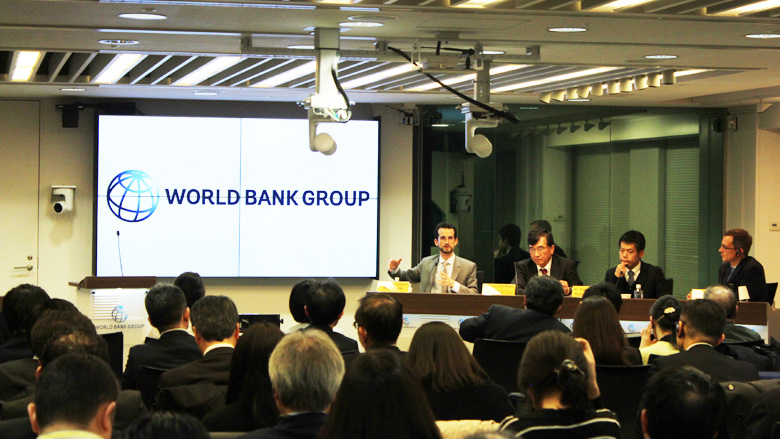In 2013, an estimated one million Filipinos were plunged into poverty after Typhoon Haiyan sapped $12.9 billion from the national economy and destroyed over a million homes. And this is not an exception. Whenever disaster strikes, it leaves more than just a trail of devastation—it also leaves communities further in the grip of poverty. The World Bank’s “Unbreakable” report finds the impact of disasters on poverty is more devastating than previously understood, driving annual consumption losses of US$520 billion and pushing 26 million people into poverty every year.
While setting out a new framework for understanding disaster impacts on the poor, “Unbreakable” also offers a roadmap to help countries better understand and choose an appropriate mix of risk reduction investments (such as embankments and other flood protection) and other resilience-enhancing preparedness measures (such as early warning and disaster-linked social protection).
Drawing on Japan’s history of managing disaster risks for sustainable growth, this seminar will showcase the key findings of the report and how it is already being applied by developing countries to take on their disaster risks and reduce poverty through increased resilience.
Program
Opening Remarks
Yasusuke Tsukagoshi, Special Representative, Japan, World Bank Group
Presentation
Stephane Hallegatte, Lead Economist, Global Facility for Disaster Reduction and Recovery (GFDRR)
Commentator
Satoru Nishikawa, Executive Director of Research, Japan Center for Area Development Research, JCADR
Masahiro Shoji, Associate Professor of Economics, Seijo University
Moderator
James Newman, Disaster Risk Management Specialist, Disaster Risk Management Hub, Tokyo, Global Facility for Disaster Reduction and Recovery, World Bank
*This session will be recorded for later viewing.
Related
Feature Story
Breaking the Link Between Extreme Weather and Extreme Poverty
